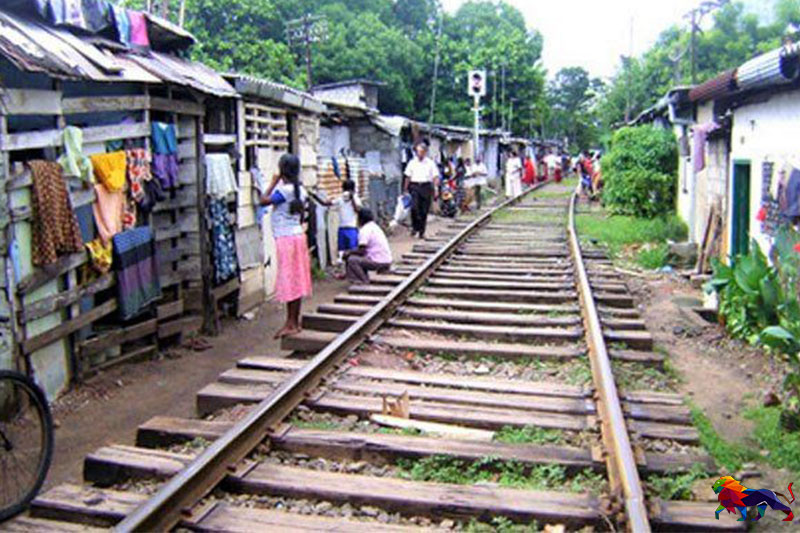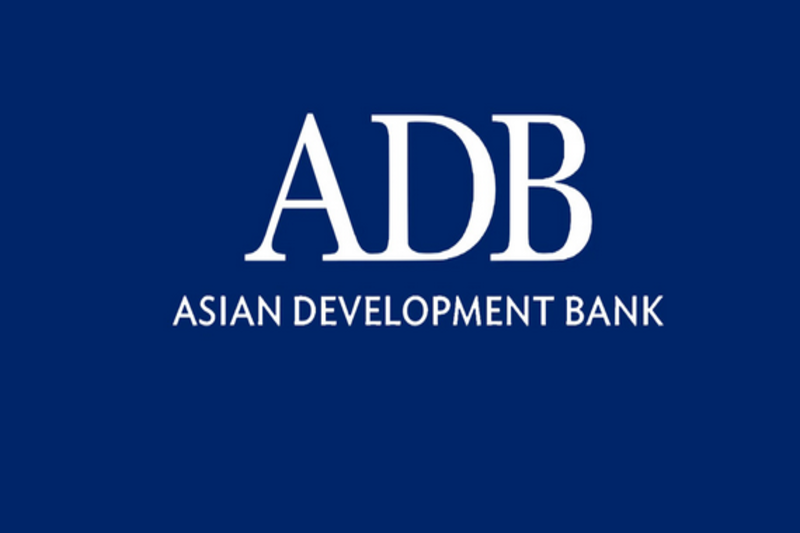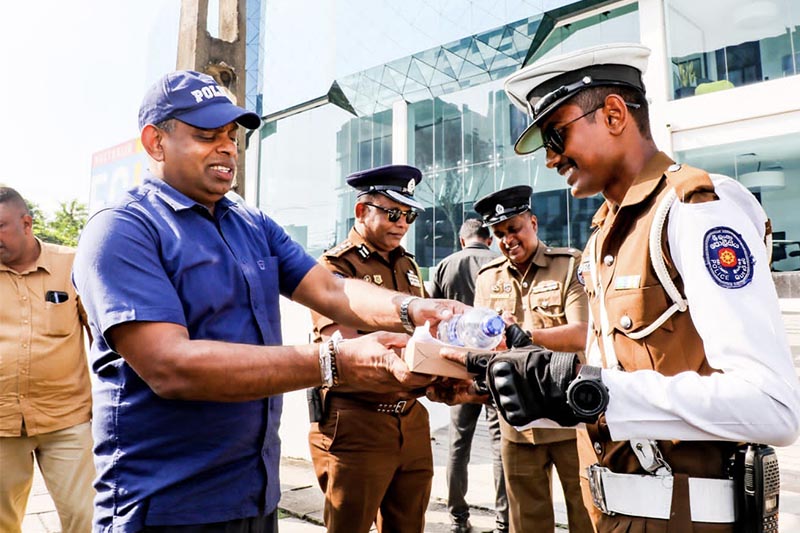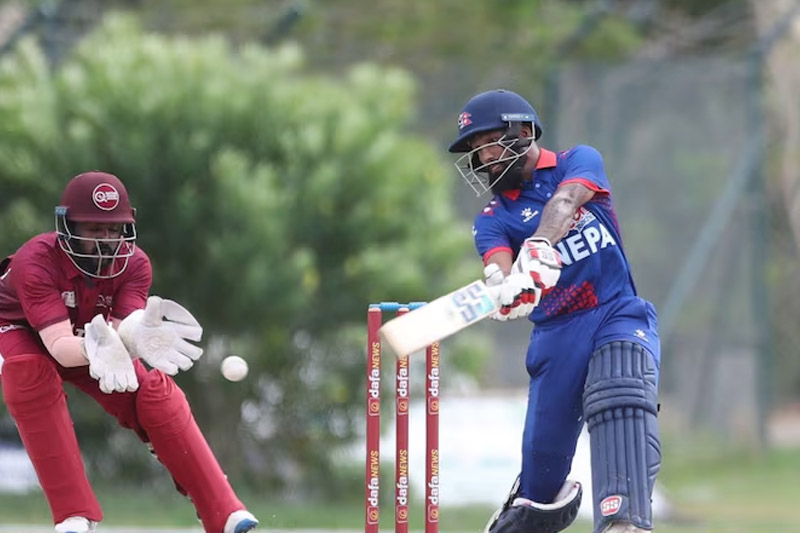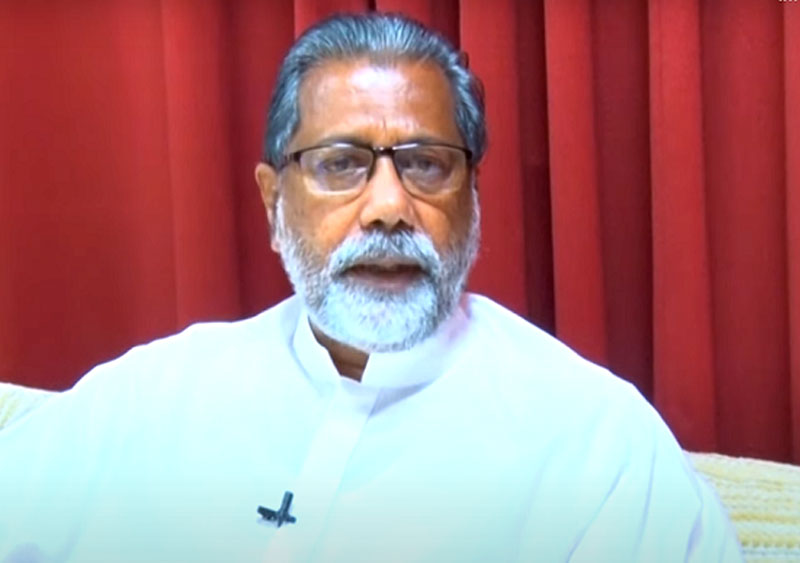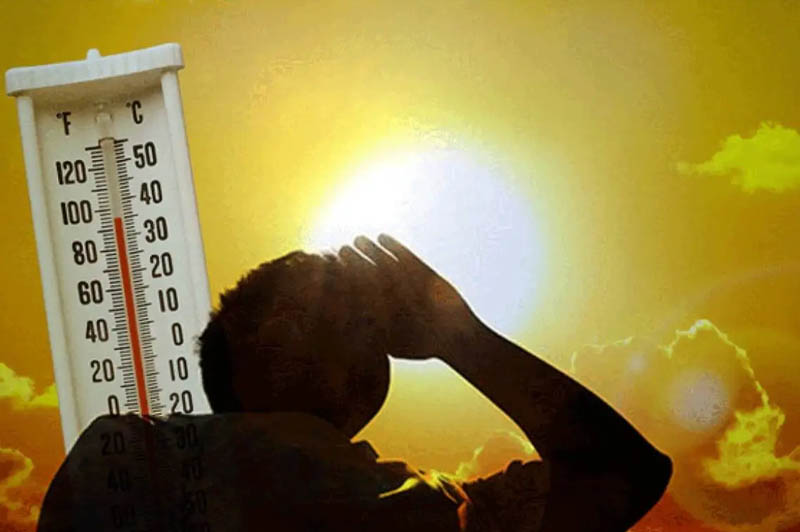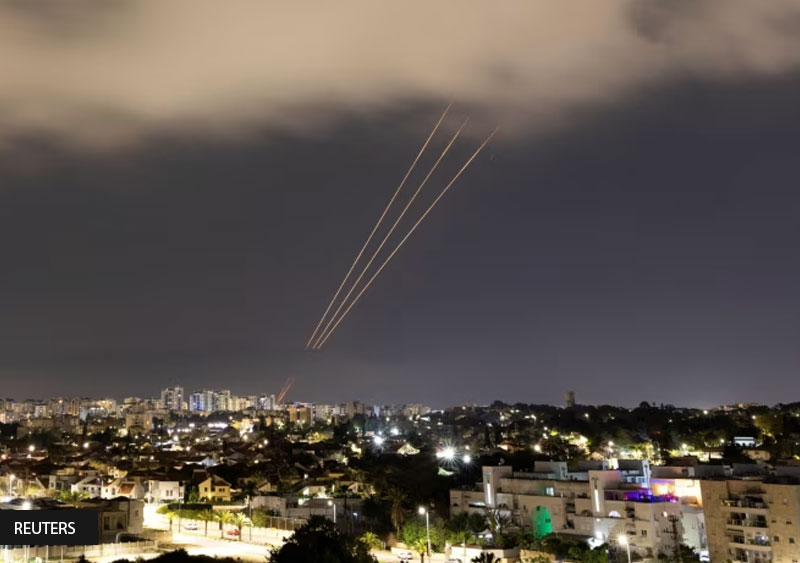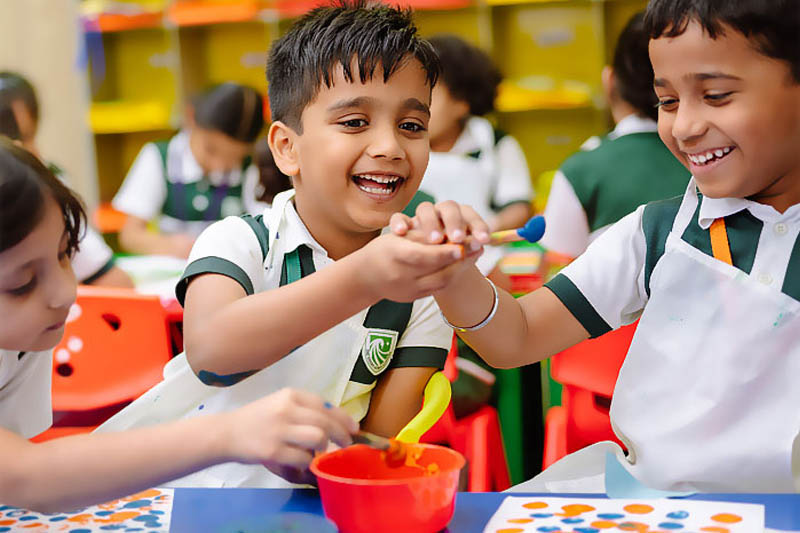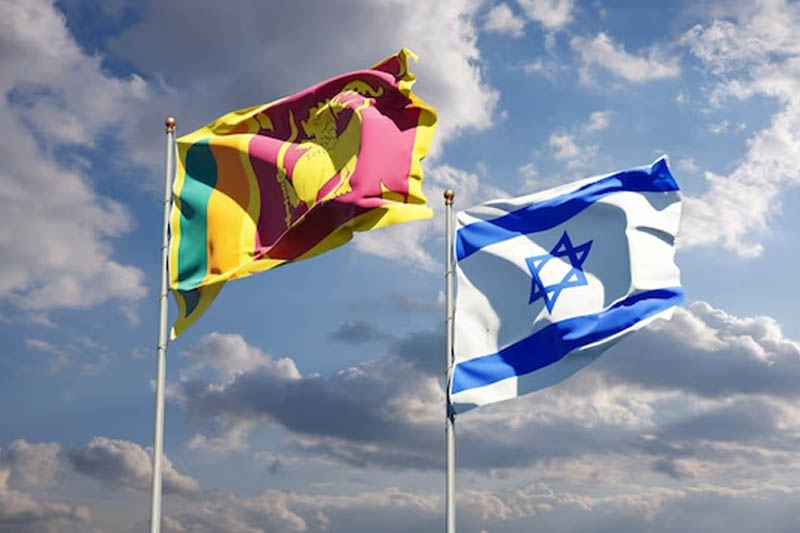Colombo city grabbed by the pandemic with less mercy, Government was compelled to isolate and lockdown Mattakkuliya, Muttwal, Bloemendhal, Kotahena, Grandpass, Foreshore Police area, Aduruppu Street, Maligawatte, Dematagoda, Keselwatte and Borella, all within the Colombo Municipal city limits and then Wellampitiya bordering Dematagoda.
Colombo city was never a planned city. It just grew over a period of hundred years from the Colonial period around the “Colombo jetty” as it was then called, and the “harbour” later and now the Colombo port. In popular lingo, Colombo is the centre of power politics and of elite life. Common understanding is Colombo belongs to the urban middleclass. They do, as the most active city consumer. But what is the profile of the Colombo City like?
Not very much different to now, in 2016 within Colombo Municipality limits there were 1,735 extremely poor cluster settlements. In the 50’s and 60’s they were called “Mudukku” in Sinhala borrowed from Tamil “Mutukku” and “slums and shanties” in English. They were often identified with thuggery, pickpocketing, moonshine and everything that can be called evil and vice.
From late 80’s these “slums and shanties” came to be termed “Under Served Settlements” (USS). Reason being their change in lifestyle with aspirations for social mobility and small but conspicuous changes they effected to the structures of their abodes giving them some permanency. Communities in these settlements got absorbed into the informal economic sector that developed in and around Colombo city within the open market economy that provided numerous income opportunities though with undefined sources.
- Over 41 percent of settlements have to make do with common toilets
- 8 percent have no toilet facilities33 percent of USS have no metered water connection
- 33 percent either use common facilities or rely on outside sources
- 5 percent of communities are in need of safe drinking water
- in 15 percent of USS more than 50 percent of households are single parent households
- 78 percent USS households earn less than Rs. 20,000 per month
(Source – Sevanatha field survey 2016)
That needs to be kept in mind to have an understanding how confirmed COVID-19 related deaths reported on 05 October, had 04 out of 05 from Colombo 02, 12, 14 and 15 while the fifth was from adjoining Wellampitiya. Of the 29 deaths to that date, nearly half were from Colombo city. Confirmed positive cases in Colombo also have an alarming increase compared to other clusters.
This sudden spike is attributed to a new mutated strain with high transmissibility according to a sequencing study of the COVID-19 virus carried out by a specialised team of academics at Jayawardnepura University, headed by Prof Neelika Malavige. She affirms, this is seen in about 97 percent of the strains and is nothing new. (DM – 10 Nov)
Large numbers of USS in isolated areas in the city that “do not have a healthy environment for human habitation and access to basic infrastructure facilities” as the UDA says, cannot by any chance afford to maintain social distancing and even sanitizers for regular handwashing. Their cramped living and lack of or inadequate water service don’t allow them the luxury of social distancing and regular handwashing. Compelled to wear a face mask, they go for the cheapest that serves little purpose in wearing in terms of COVID-19 prevention.
Though late, at least for future replication we need to have a special welfare package designed and carried through Chief Medical Officer of Health (CMoH) of the Colombo Municipal Council and his staff as a starter for these marginalised communities in isolated areas. They should be served with,
- a with a weekly package of dry ration, along with a monthly allowance of Rs.10,000 to buy other essentials like fresh veggies and fish that should be delivered to their resident cluster.
- all adults (UDA says there are only 68,000 plus families) should be immediately subjected to PCR tests and again on the 10th day
- an adequate supply of water should be ensured all through day and arrangements made to have clean toilets
- USS representations including women should be consulted by CMoH in designing novel ways to adopt health guidelines within densely populated communities.
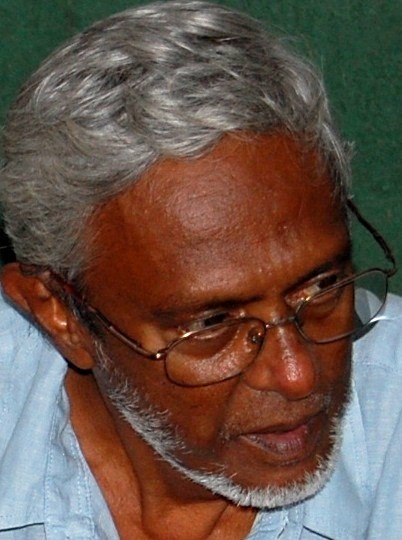 Kusal Perera
Kusal Perera
10 November 2020

